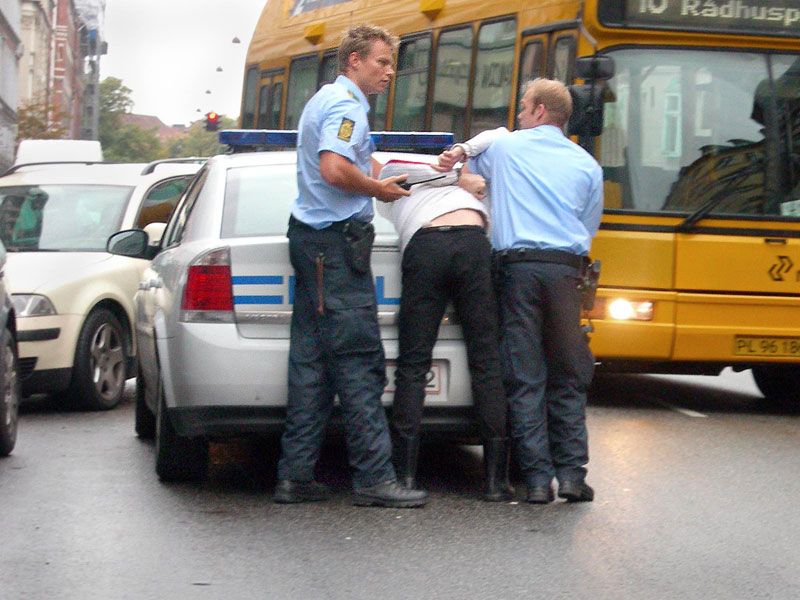The latest terror threat assessment carried out by Center for Terroranalyse (CAT) for the PET intelligence agency again identifies militant Islamists as the most likely perpetrators of terrorism within Denmark’s borders.
While the leadership of large organisations such as Islamic State and Al Qaeda has been weakened of late, their influence remains strong – in June, two IS sympathisers were each sentenced to 12.5 years in prison for intent to make bombs for an attack.
Furthermore, a 35-year-old man was also given a lengthy sentence after being convicted of planning and financing terrorism in December – the kind of perpetrator who PET claims is fuelled by a “cocktail of hate”.
Overall, the threat level remains ‘serious’, so on a scale of one to five, a four, which is unchanged from last year, or indeed 2010. The report has been in existence since 2007.
Hybridisation can involve multiple triggers
In its latest report, CTA identifies a new kind of terrorism that is growing: hybridisation.
Perpetrators are no longer fuelled by one ideology, but rather many narratives. This could be a preoccupation with conspiracy theories, disinformation on social media, digitalisation, the climate crisis, the pandemic or triggering events such as the attack on Capitol Hill, the culling of the mink, or the War in Ukraine. They may have a fascination with violence or a mental disorder.
“We can see that it is a growing trend in the West and in Denmark that individuals increasingly put together a cocktail of their own world and enemy images, which are characterised by ideological and religious ideas,” explained CTA head Michael Hamann.
PET warns that the new kind of terrorism can end up involving perpetrators who have not been extreme before – and that their target is often the authorities, such as “elected officials or certain professionals”. PET is accordingly monitoring “the derivative effects of heightened rhetoric that may have an impact on the threat picture”.















